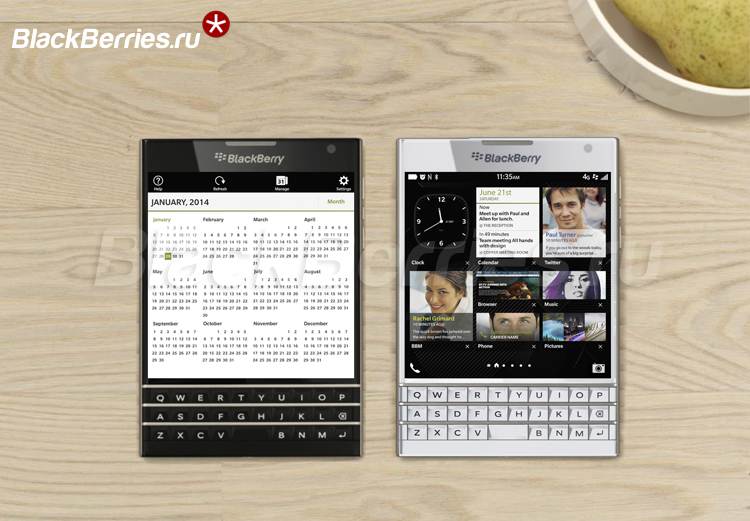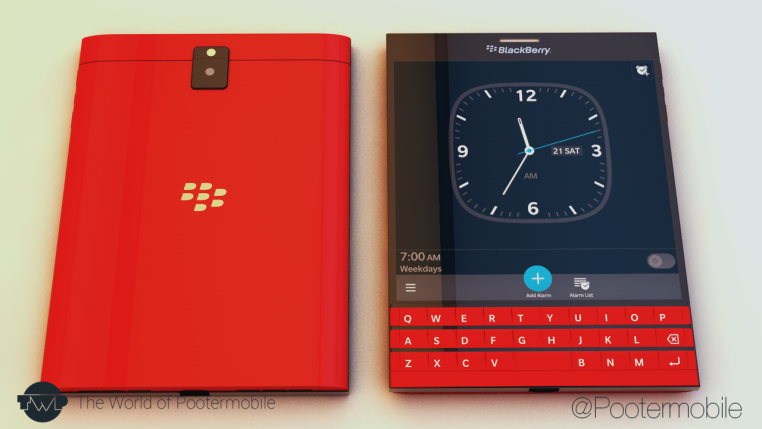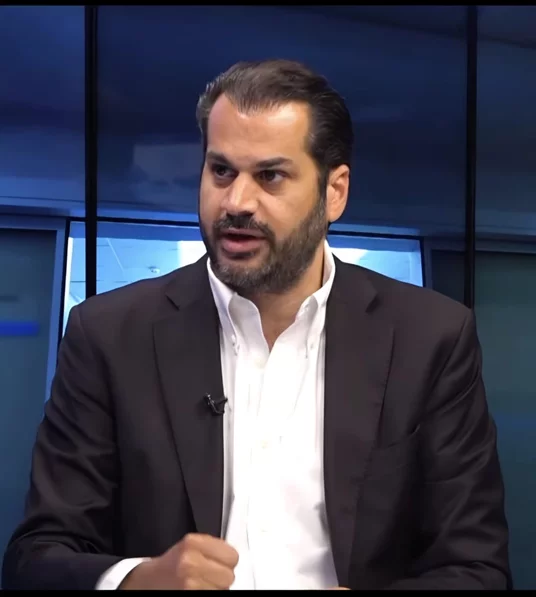 BlackBerry, which never fully went away, now has something new for that crowd: theBlackBerry Passport, a huge phone with a big screen and the most sophisticated keyboard you've ever seen on a mobile device.
BlackBerry, which never fully went away, now has something new for that crowd: theBlackBerry Passport, a huge phone with a big screen and the most sophisticated keyboard you've ever seen on a mobile device.
Big and bizarre
The Passport isn't just big at 3.6 inches wide - it's weirdly big, with a square display perched atop a few strips of keys. There really isn't any other smartphone like it. BlackBerry says it picked this size for two reasons: One, the display can display 60 characters per line, which is supposedly very good for reading. And two, it's actually the exact same size as a real passport. I guess that's a feature.BlackBerry's latest phone isn't just a curious-looking face, though: This is BlackBerry's new flagship smartphone, powered by a speedy 2.2GHz quad-core Snapdragon 801 processor and 3GB of RAM with 32GB for storage (there's a microSD card slot if you want more). The 4.5-inch screen is 1,440 x 1,440, which makes for an impressive (and ultra-sharp) 453 pixels per inch (ppi).BlackBerry phonesThe Passport's keyboard is different from all previous BlackBerry phones: It's still QWERTY, but it's just the basics - the period and symbol keys are missing. Where did they go? BlackBerry moved them to the display, and they appear whenever you start typing.

The big advantage here is the keys are adaptable - they can change depending on whatever you're doing. You'll see different keys when you're filling out an email field, for instance, than when you're writing body text.Relocating the keys also keeps the keyboard as small as possible, maximizing your screen real estate. It's a good idea, although moving your fingers up for punctuation takes some getting used to. I also found it takes practice to ensure your fingers are targeting the right keys... my thumbs kept hitting the row below the one I was aiming for.
IfIf the keyboard has a killer feature, though, it's the fact that it's also a touchpad. BlackBerry built a capacitive layer underneath the keyboard, making all the keys touch-sensitive. That means the Passport can actually take advantage of the cool "swipe-up-quickly-type-a-word" suggestions on phones based on BlackBerry 10 software (the Passport runs BlackBerry 10.3).

Once you get past the strange form factor and the unusual way the keyboard works, you can find the powerful device beneath those first impressions. The touchpad can improve your experience in some subtle ways; you don't know how much screen space your fingers cover while scrolling until they're gone.


The Passport's keyboard has a capacitive layer that turns the whole thing into a touchpad.IMAGE: MASHABLE, LUKE LEONARD
I find it hard to decide if it's a better experience to type on the Passport than its predecessor, the BlackBerry Q10. While the Q10 was closer to classic BlackBerry Curves of old and was easier to transition to, the Passport's keyboard is analogous to a major software upgrade. It changes where things are and how some stuff works, but once you get used to it, you enjoy the benefits.The big one is simplicity. After a couple days' use, your fingers start to stab at the display for punctuation and special characters, and the benefits of the stripped-down keyboard really take hold. Not only does it leave more room for screen, but your mental picture of the keys is that much cleaner.







.webp)

















